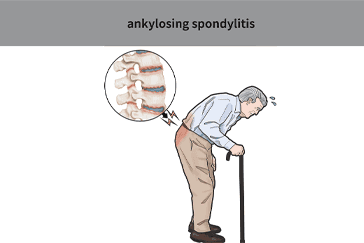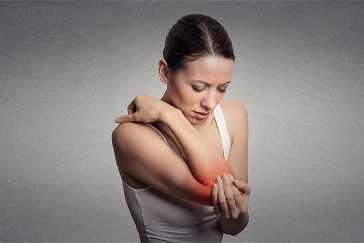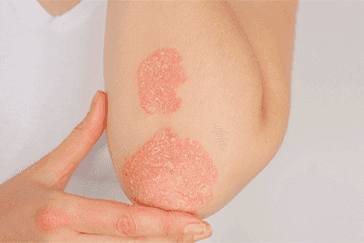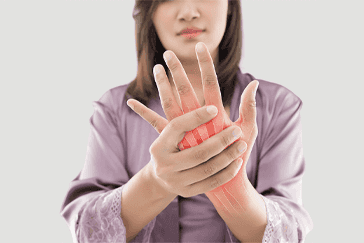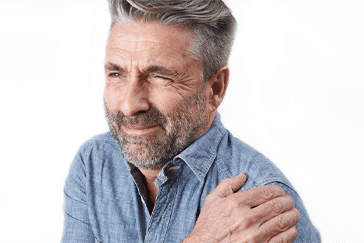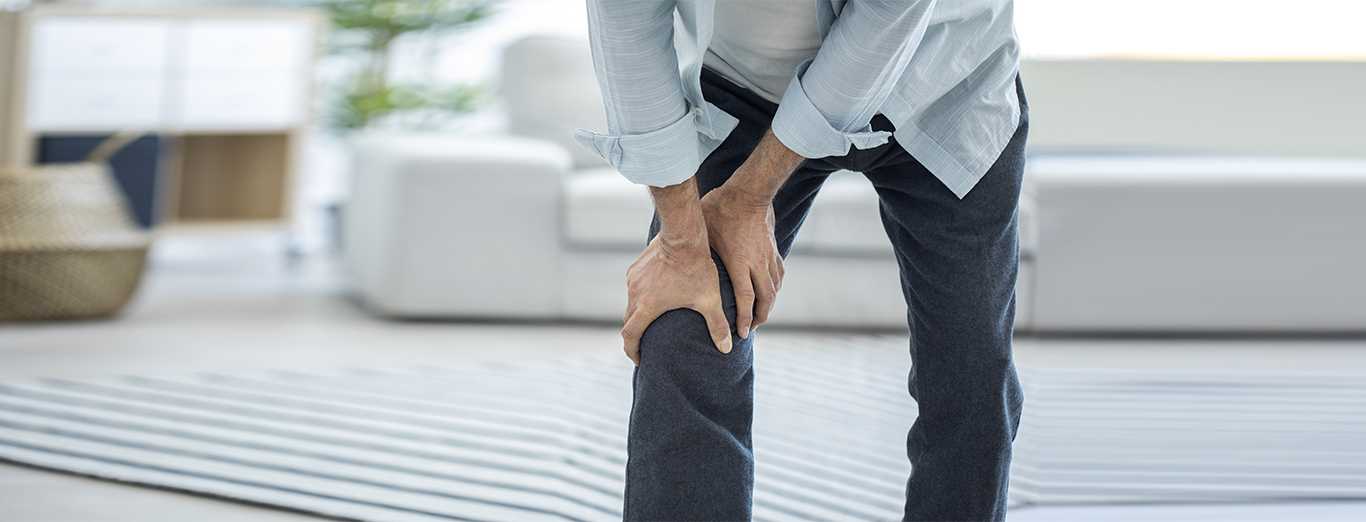
physiotherapy for osteoarthritis for knee

These Might be of Interest
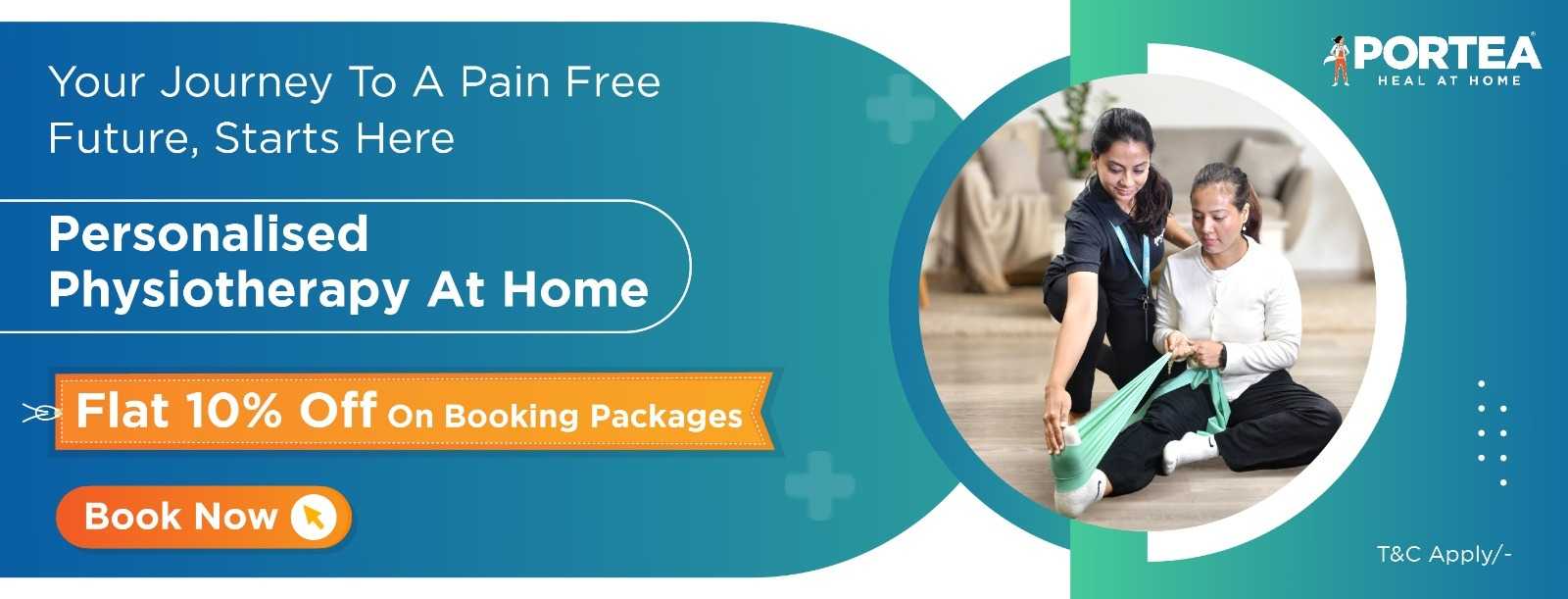
what is osteoarthritis of the knee?
Osteoarthritis of the knee is a degenerative joint disease affecting the knee joint that causes the cartilage in the knee to slowly wear down, leading to the knee joint bones’ rubbing against each other, causing extremely painful bone spurs. The damage caused by osteoarthritis to the knee joint is slow and gradual and with time the osteoarthritis knee pain gets unbearable.
Osteoarthritis is the most common form of arthritis affecting joints like the hands, feet, spine, hips and knee joints. Osteoarthritis is seen as an age-related wear-and-tear type of arthritis that affects people mainly after the age of 50, but many younger people too have complained about being affected by this disease.
who gets osteoarthritis of the knee?
Among all the different types of arthritis, Osteoarthritis is the most common of them all. It is regarded as an age related degenerative disease affecting mainly the older population but, is not limited only to them. And numerous young adults have reported to have this degenerative condition of the knee joint.
Osteoarthritis of the knee is mainly seen to affect more women than men, post 55 years of age, but, before the age of 45, this disease is more common among men than women.
stages of osteoarthritis of the knee
Osteoarthritis of the knee is classified into five stages according to the severity of the osteoarthritis knee pain. The varied Stages of an osteoarthritis knee are as follows;
Stage 0 – This is the first stage and is assigned to a normal and healthy knee with no signs of an osteoarthritis knee and no knee joint pain whatsoever.
Stage 1 – At this stage too, people don’t notice much knee joint problems but, minor bone spur growth is detected at this stage. However, there is still no knee joint pain or discomfort caused owing to the minute nature of the boney growth.
Stage 2 – This is regarded as the mild stage with growth in the density of the bone spurs. Nevertheless, the overall health of the knee is not vastly impacted but people start noticing knee joint problems like knee joint pain after an extended hours of walking or running or more stiffness in the knee joint after several hours of staying idle and tenderness when kneeling or bending.
Stage 3 – Termed as a moderate stage, the damages to the knee cartilage are more obvious now and knee joint pain is experienced with walking, running, bending, or kneeling and more joint stiffness can be felt after hours of resting or continuous sitting at a place.
Stage 4 – Stage 4 is attributed to the severe form of osteoarthritis. It is in this stage that the debilitating nature of the disease can be seen with extreme pain and discomfort in even short distance walking owing to the reduced joint space and the complete loss of cartilage.
symptoms of osteoarthritis of the knee
The initial stages of osteoarthritis show no symptoms and it is only with the progression of the disease that the symptoms become more noticeable. Some of the symptoms associated with osteoarthritis of the knee are:
- Knee pain after some activity like walking and running but, gets better with rest
- Swelling
- Warmth feeling in the joint
- Knee stiffness after sitting for a while or in the morning after waking up.
- Reduced mobility of the knee
- Weird sounds emanating from the knee, with movement
diagnosis of osteoarthritis
The typical diagnostic process for knee osteoarthritis initiates with a thorough examination of the knee, involving a comprehensive review of the patient’s medical history and a detailed assessment of presenting symptoms. Subsequently, additional diagnostic tests are often recommended to affirm the preliminary diagnosis. Two primary imaging techniques, X-rays and Magnetic Resonance Imaging (MRI) scans, play crucial roles in ascertaining the presence and extent of osteoarthritis.
X-rays are commonly employed to capture detailed images of the bones in the knee joint, revealing any structural abnormalities, joint space narrowing, or the formation of osteophytes – bony outgrowths associated with osteoarthritis. On the other hand, MRI scans utilize powerful magnets and radio waves to generate detailed images of the soft tissues, cartilage, and ligaments surrounding the knee. This allows for a comprehensive evaluation of the joint’s condition, aiding in the confirmation and assessment of osteoarthritis.
These diagnostic procedures enable healthcare professionals to gain valuable insights into the severity and specific characteristics of knee osteoarthritis, guiding them in formulating an effective and personalized treatment plan tailored to the individual’s needs. Through this thorough diagnostic approach, medical practitioners can better understand the nature of the condition and provide targeted interventions to alleviate symptoms and enhance the patient’s quality of life.
causes of osteoarthritis of the knee:
There is yet to be established any definite osteoarthritis causes and as to why it affects certain individuals, and has been attributed to various associated symptoms like age related wear and tear of the cartilage. Some of the knee joint pain causes, besides age, associated with osteoarthritis are;
Weight – Excessive weight is one of the prime knee joint pain causes, as extra weight puts the knees under lot of stress.
Heredity – Heredity also is one of the significant knee joint pain reasons. Some people are genetically more prone to develop osteoarthritis of the knee owing to hereditary abnormalities.
Gender – The gender of a person is also one of the major knee joint pain reasons as women aged 55 are more to develop osteoarthritis of the knee than men.
Besides the above knee joint pain reasons, there are several other associated causes of osteoarthritis of the knee like metabolic disorders, diabetes, repetitive stress injuries and certain sports like soccer, tennis, sprinting etc.
treatment for osteoarthritis of the knee
There is no cure for osteoarthritis, however, seeking knee joint pain treatment significantly controls and manages the symptoms of the degenerative disease and helps in returning mobility. The knee joint pain treatment includes the following;
- Medication: Doctors mainly prescribe anti-inflammatory drugs to help ease the pain
- Corticosteroids or hyaluronic acid Injections – these injection are an effective anti – inflammatory treatment that brings rapid relief
- Surgery – Surgery is treated as the last knee joint pain remedy, administered as a last resource to help in easing the symptoms of osteoarthritis of the knee when all other knee joint pain treatments fail to provide relief in the symptoms.
The various types of surgical procedures used to provide knee joint pain relief are;
- Arthroscopy – It is the removal of damaged cartilage and loose particles if any to bring relief to the patient.
- Osteotomy – It is a procedure that helps in aligning the knee better by altering the shape of the bones.
- Knee Joint replacement surgery – Knee joint replacement surgery also referred to as Arthroplasty, is the replacement of damaged knee joint parts with artificial parts made from plastic or metals.
- Cartilage grafting – In this surgery healthy cartilage tissue is taken and filled in the hole in the articular cartilage.
how can a physiotherapist help with osteoarthritis?
Physiotherapy for osteoarthritis forms a crucial component in the treatment of knee joint pain. Based on the evaluation of the biomechanical issues a doctor or physiotherapist might recommend specific exercises to stretch inflexible soft tissues and strengthen the muscles to help increase mobility and flexibility. Physiotherapy for osteoarthritis becomes all the more crucial in post operative rehabilitation of the patient after they have undergone any surgery for arthritis of the knee. Physiotherapists teach the patient specific exercises to help in strengthening and improving the overall health of the knee.
how can we help?
At Portea, we understand the challenges faced by individuals dealing with severe osteoarthritis of the knees, making even a simple visit to the doctor a daunting endeavor. Our commitment to providing exemplary at-home healthcare services comes to the forefront in catering to the needs of such patients. Our dedicated team of doctors and nurses specializes in delivering meticulously planned knee joint pain treatment, aiming for swift relief through tailored care and physiotherapy for osteoarthritis.
For those grappling with the debilitating effects of osteoarthritis, particularly in the knee joints, Portea becomes a reliable partner in their journey towards improved health and well-being. We recognize the unique demands of managing this condition and offer comprehensive assistance to alleviate knee joint pain and enhance overall mobility. By extending our expertise in home-based healthcare services, including osteoarthritis physical therapy treatment, we strive to make the management of this challenging ailment more accessible and convenient.
If you or a loved one requires assistance in coping with the impact of osteoarthritis of the knees, don’t hesitate to reach out to Portea. Our effective care and management approach is designed to address the specific needs of individuals dealing with this condition, ensuring a path to improved quality of life and enhanced mobility.
With Portea, you’re not just getting a service ; you’re gaining a partner in your journey to recovery and well-being. We also offer a range of superior healthcare services, including doctor consultations, medical equipment, nursing home care, and dedicated caretakers. Rely on us for top-tier healthcare solutions tailored to your requirements.
Related Treatments provided by Portea:
Rheumatoid Arthritis Treatment At Home | Juvenile idiopathic Arthritis Treatment At Home | Psoriasis Arthritis Treatment At Home | Gouty arthritis Treatment At Home
meet our renowned physiotherapists
- Dr.Shital Pujari – BPT – 6 years experiences
- Dr.Ganta Aravind – BPT – 7 years experiences
faqs
Which exercises benefit knees affected by osteoarthritis?
- Bend knees while lying down.
- Strengthen quadriceps with static exercises.
- Perform supported leg raises.
- Engage in lying leg raises.
- Practice seated knee extension stretches.
- Incorporate bridging exercises.
- Execute sit-to-stand movements.
- Include step-ups in your routine.
Which physiotherapy treatment is most effective for osteoarthritis?
Physical therapy for OA primarily involves aerobic and neuromuscular exercises. Aerobic exercises aim to enhance overall fitness, muscle strength, and metabolic function. Various models of aerobic exercises, such as swimming, jogging, Tai Chi, and yoga, can be utilized to achieve these goals.
Does physiotherapy have the potential to alleviate osteoarthritis?
Physical therapy offers multiple advantages for individuals with osteoarthritis, including: Alleviation of joint pain: Exercises within physical therapy can contribute to decreased stiffness. These targeted exercises enhance circulation and promote increased blood flow, potentially mitigating pain and stiffness in the affected joint.
What is the expected duration of recovery, and what factors should be taken into account?
The muscles generally require up to six weeks to sufficiently recover and provide support to the joint. After approximately three months, individuals can typically resume work and engage in appropriate sports activities. However, it’s important to manage expectations, as some individuals may experience a longer recovery period.
Is spontaneous healing possible for osteoarthritis?
Osteoarthritis is a chronic condition with no definitive cure, although it doesn’t inherently worsen over time and may occasionally show gradual improvement. Various treatments exist to alleviate symptoms, and simple measures, such as regular exercise, can sometimes effectively manage mild symptoms.
References
Doctor Consultation
Nursing
Physiotherapy
Trained Attendant
Elder Care
Mother & Baby Care
Lab Tests
Medical Equipment
Speciality Pharma
Critical Care

